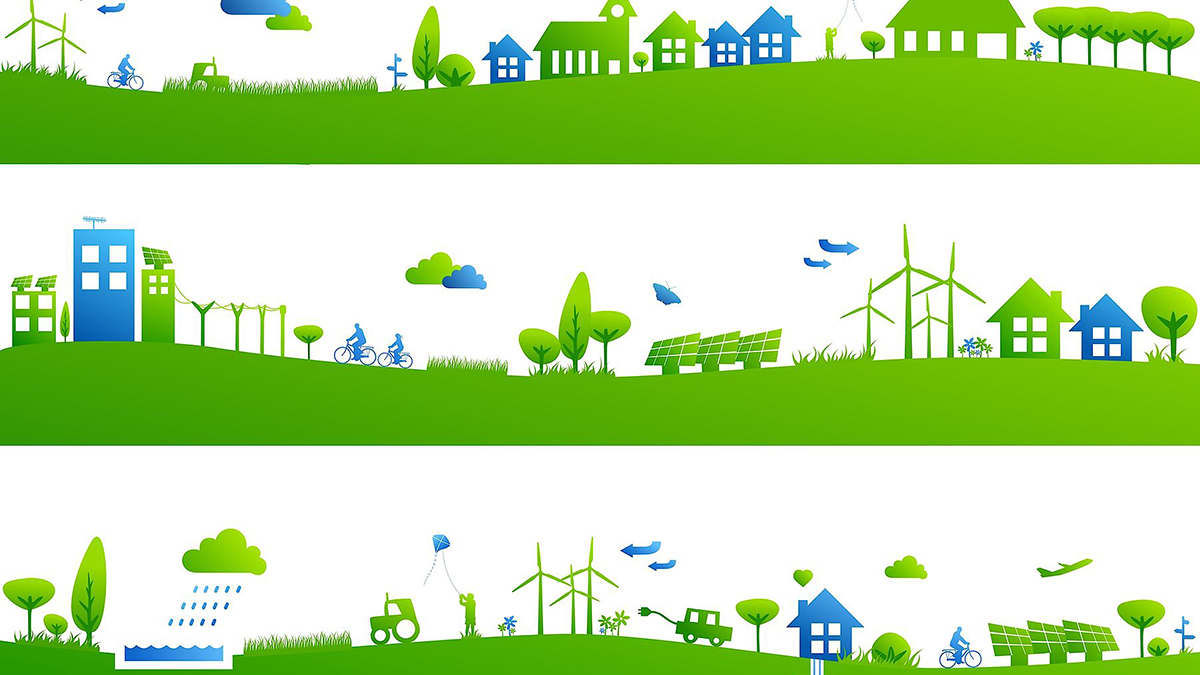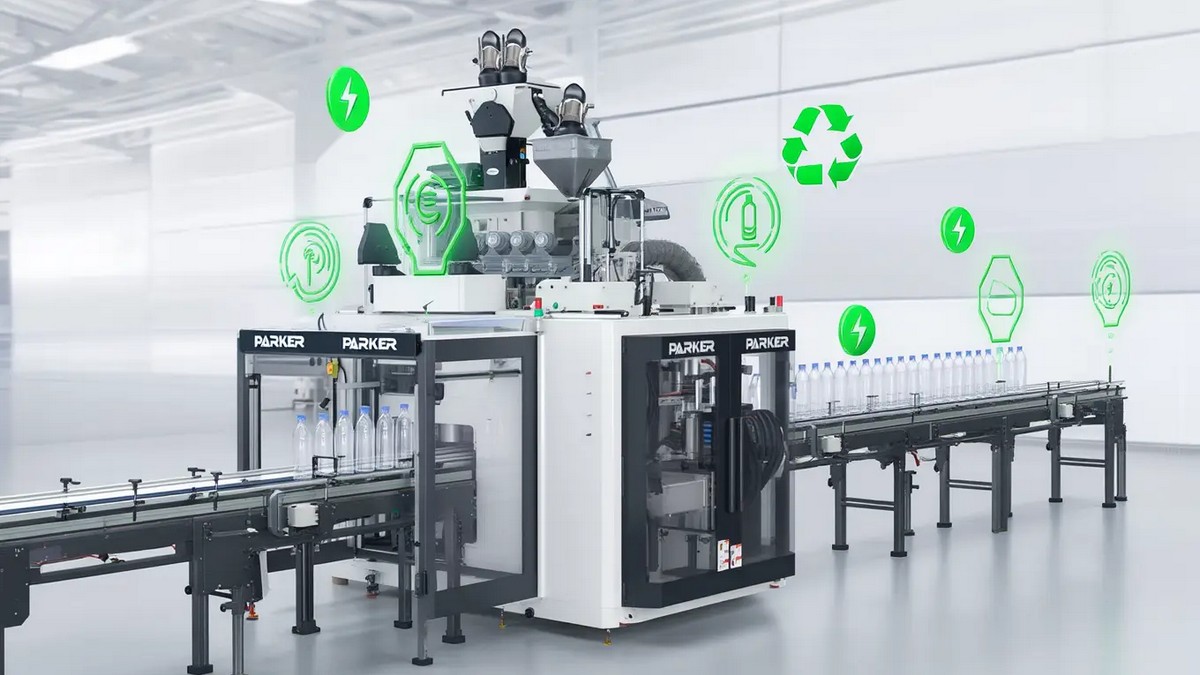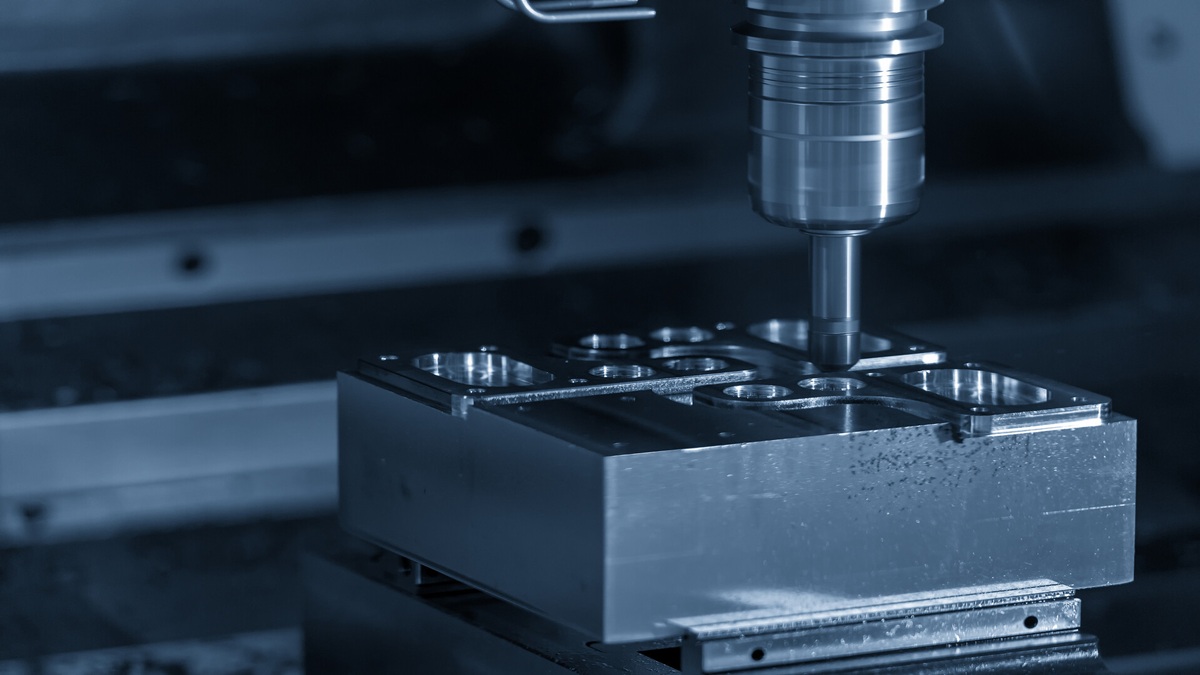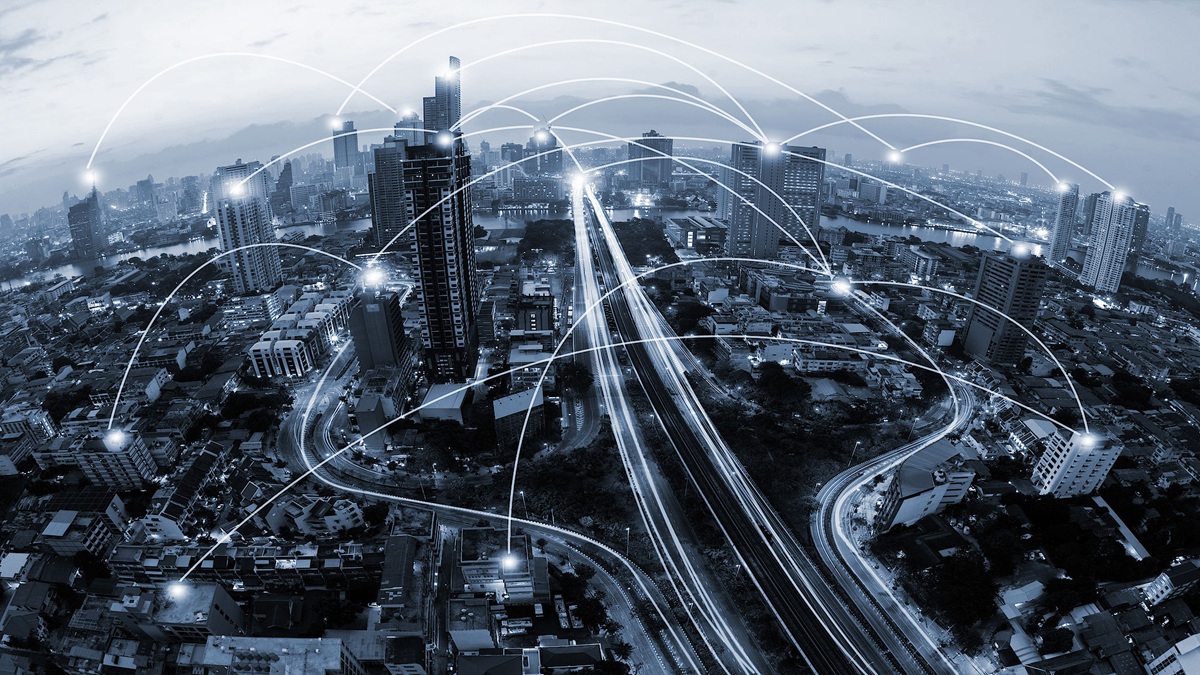Renewable energy refers to natural resources that can be regenerated in a short period compared to fossil fuels that take more than 100 million years to generate, and will not produce other pollutants during the conversion into energy, such as solar energy, wind energy, Geothermal energy, hydropower, tidal energy, biomass energy, etc. These are all renewable energy sources currently under development in the world.
The 21st Century Renewable Energy Policy Network Research Institute (REN21) regularly publishes the latest global Renewables Global Status Report every June, providing comprehensive and timely renewable energy information. Renewable energy had another record year in 2019, with installed capacity increasing by more than 200 GW (mainly solar photovoltaic), which is the highest increase in history. Wind and solar energy have become mainstream energy sources, and cost competition with fossil fuel power plants is becoming increasingly fierce. As costs continue to fall, global new investment in renewable energy in 2019 has increased by 2% compared to 2018. It is worth noting that since 2009, wind energy investment has surpassed solar energy investment for the first time. It is estimated that by the end of 2019, renewable energy power generation accounted for more than 27.3% of global power generation. Although the application of renewable energy in the power generation sector is booming, in the transportation sector and heating and cooling sectors, insufficient policy support and the slow development of new technologies (such as advanced biofuels) have resulted in only a slight increase in the installation volume. By mid-2019, more than 250 cities around the world had promoted the goal of 100% renewable energy. Corporate purchases of renewable energy also set a record in 2019. Google became the world's largest renewable energy purchase company. More than 229 leading companies around the world have joined the RE100 program (dedicated to the use of 100% renewable energy). At the end of 2019, the impact of the COVID-19 crisis on the renewable energy sector occurred. In the first quarter of 2020, global electricity demand fell by 2.5%, and coal and oil demand fell by nearly 8% and 5% respectively. Renewable energy has become the only source of energy that has the fastest-growing power demand during the COVID-19 due to its low operating costs and priority grid connection.
What are renewable energy sources?
Wind Power
Wind power is a truly clean energy source with endless sources and does not produce pollutants like other fossil fuels. Wind power is the fastest-growing energy source in the world, because the technology is relatively simple, and it is a helper in mitigating climate change.
Wind power is a cheap energy source. Now, wind power can be transmitted to the grid and finally used by consumers. Wind-driven turbines are low-cost and are not affected by the price of fossil fuels. Wind power also does not need to be mined, drilled, or transported to power plants like fossil fuels. Compared with the fact that fossil fuels are digging less and less and the price is rising, the cost of wind power generation is gradually decreasing due to technological progress.
Solar energy
The sun warms everything needed for life, and now it provides an endless stream of clean energy. Solar energy directly converts sunlight into heat and electricity. In addition to common small electrical appliances, such as computers, which can use solar energy, they can also provide electricity to areas without power grids. More and more buildings are also adopting top-floor solar cells as a selling point to promote environmental protection and energy saving.
There are two types of solar energy, one is photovoltaic energy, and the other is solar thermal energy. Light energy is converted into electricity, and electricity is generated through semiconductor materials that release electrons (negative particles). All photovoltaic cells have at least two layers of semiconductors, one positive electrode, and the other negative electrode. When light hits the semiconductor, the electric field generated between the two layers of materials will push the electrons to move, generating direct current. The stronger the luminosity, the greater the current.
In terms of solar thermal energy, it is mainly to focus sunlight on a line or point. The generated thermal energy can be used to produce steam, and the hot and high-pressure steam can drive turbines to generate electricity. In sunny areas, solar thermal power stations can supply a lot of electricity. The solar photovoltaic system does not necessarily need the sun to generate electricity, and it can also generate electricity in haze weather. This is because sunlight will be reflected by clouds, and a day with few clouds can even produce higher photovoltaic energy than a clear sky without clouds. Even on a cloudy day, if the vacuum tube is heated by solar energy when the light is irradiated from multiple angles, the absorber of the vacuum tube can still absorb energy for energy conversion.
Hydropower
Hydropower can generate electricity, and it will not produce greenhouse gases. Water is constantly replenished through the earth's water circulation system, so it is also a kind of renewable energy. Unlike solar and wind energy, hydropower is not intermittent. It can continuously generate electricity 24 hours a day. The energy of water can come from ocean waves and rivers.
Tidal power generation
The World Energy Commission estimates that tides can generate 2 megawatts of energy each year. This is twice the total amount of electricity produced in the world and is equivalent to the energy output of 2,000 large fossil fuel and nuclear power plants. The potential total amount of renewable energy in the world's oceans can meet more than 5,000 times the world's current energy demand. But until now, the use of tides is still in the theoretical stage, and related technologies are still in the research and development stage.
River Hydropower
16% of the world's total electricity is generated by hydropower. Hydropower uses the energy generated from high and low flows of water to generate electricity. The greater the river drop, the faster the water flow and the more electricity generated. But dams built to produce large hydropower projects can also inundate ecosystems. The development of river hydraulic power also needs to consider the water needs of downstream communities, farmers, and ecosystems. And due to the continuous drought caused by climate change, hydroelectric power generation may not be stable enough.
Geothermal
Geothermal uses the thermal energy in the earth's rock formations to generate energy. The temperature in the core of the earth is extremely high, reaching 5,500 degrees Celsius. Geothermal generally uses reservoirs at the heat source to supply hot water to the places where heat energy is needed. Geothermal water can be used to provide home heating and melt road snow. You can also use underground pumps to bring heating to the ground and inside the building. This method is available everywhere, and because the underground temperature remains stable for many years, the geothermal system can not only provide heating in winter but also serve as air conditioning in summer.
Geothermal power generation does not produce pollution or greenhouse gases, nor does it produce noise. The annual utilization rate of geothermal power generation can reach 90%, which is only 65-75% at most compared to fossil fuel power plants. However, even though many countries have very rich geothermal resources, this kind of renewable energy has not yet been extensively developed.
Biomass energy
Biomass energy is the use of organic matter such as plants to generate energy through technologies such as gas collection, gasification, combustion, and digestion. If it is properly used, biomass energy is also a valuable renewable energy source, but it also depends on how biofuels are produced.
Some potential biomass energy sources include:
- Methane gas
- Wet waste
- Dried agricultural by-products
- Municipal waste
- Forestry by-products
Advantages and disadvantages of renewable energy
The advantages of biomass energy:
If the biomass energy is properly processed, it will not emit greenhouse gases. Even if the burning of biofuels emits carbon dioxide, they will be reabsorbed when new biofuels are planted, and the impact on the climate is very slight. In another way, greenhouse gases can be covered and used before they are emitted. For example, when organic waste in landfills decomposes, it releases methane, a greenhouse gas that is stronger than carbon dioxide. Retaining methane and using it as fuel prevents the gas from entering the atmosphere and generates electricity from waste.
Disadvantages of biomass energy:
The biggest problem of biomass energy is the use of food as fuel, which affects the stability of the global food supply, so this practice must be stopped. European and American countries have established compulsory biofuel development goals, so that fertile land can no longer grow food, resulting in tight food supply and rising food prices, which has caused more people in the world to be unable to afford it, and hunger and poverty have increased.
In addition, biofuels may also cause environmental pollution. For example, incineration of municipal waste to generate energy may produce chemical toxic substances, which will also affect the development of the recycling industry. What's more, companies are trying to destroy primeval forests and plant biofuels, but this approach is not supported and will only encourage the deforestation of more precious primeval forests.
When developing biomass energy, the following conditions must be avoided to truly achieve sustainable development:
- Using food as biofuels affect food supply and prices
- Destroy the primeval forest
- Produce chemical toxic substances
- Use genetically modified crops
- Extensive use of chemical fertilizers and pesticides
- Soil loss
- Increase in alkaline substances and discharge of toxic substances
Renewable Energy Initiative RE100
The Global Renewable Energy Initiative RE100 released its latest annual report in December 2020. The report shows that the Asia-Pacific region will be the region with the most potential for global clean technology investment. The Power Purchase Agreement (PPA) can provide long-term stable prices and increase grid renewable energy capacity. More and more popular with RE100 member companies, accounting for 25% of the total green power purchases of members.
However, the report also stated that the Asia-Pacific region is also one of the most challenging regions as international companies move towards the goal of using 100% green electricity. According to a survey of RE100 members this year, countries such as Australia, China, Indonesia, Japan, Singapore, South Korea, and Taiwan are listed as the world's top 10 most difficult regions to obtain green electricity.
Climate Decade has arrived, and many private companies around the world have responded to the RE100 initiative that uses 100% renewable energy to respond to the imminent crisis of climate change with practical actions, and contribute to the green recovery of the economy that has been hit hard by the epidemic.









.jpg)
.jpg)
.jpg)


.jpg)